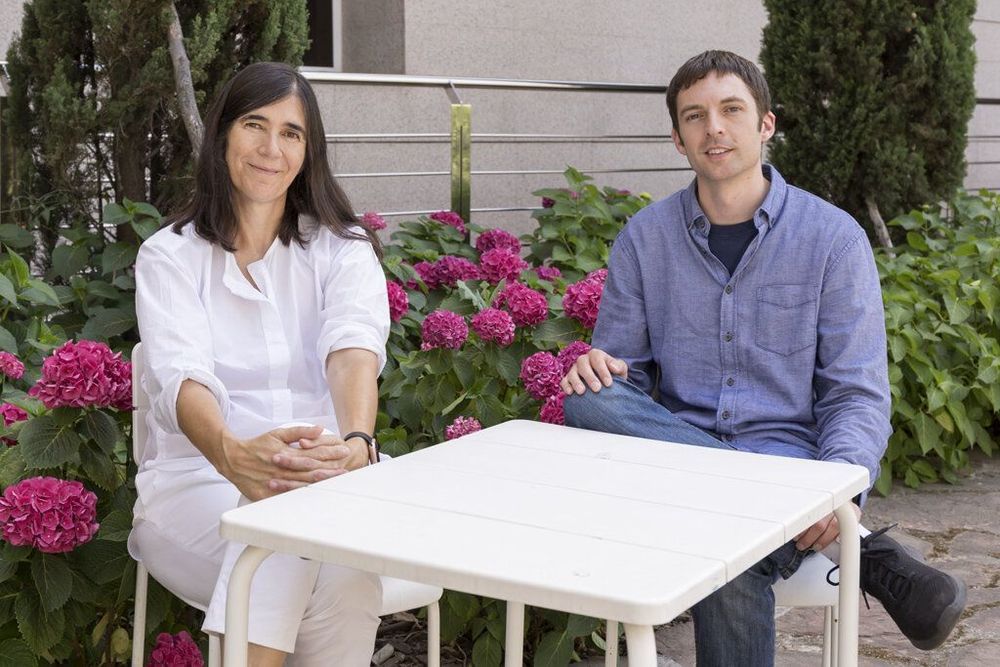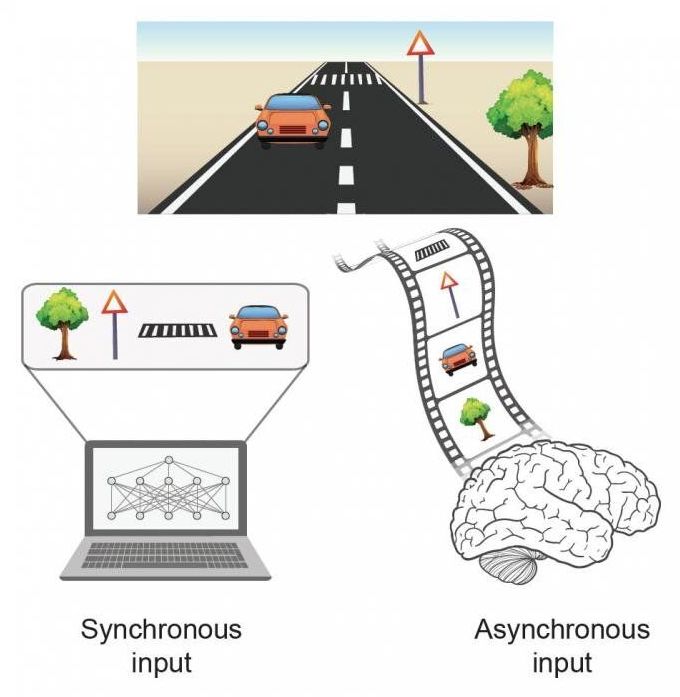A flamingo lives 40 years and a human being lives 90 years; a mouse lives two years and an elephant lives 60. Why? What determines the lifespan of a species? After analyzing nine species of mammals and birds, researchers at the Spanish National Cancer Research Center (CNIO) found a very clear relationship between the lifespan of these species and the shortening rate of their telomeres, the structures that protect the chromosomes and the genes they contain. The relationship is expressed as a mathematical equation, a formula that can accurately predict the longevity of the species. The study was done in collaboration with the Madrid Zoo Aquarium and the University of Barcelona.
“The telomere shortening rate is a powerful predictor of species lifespan,” the authors write in the prestigious journal Proceedings of the National Academy of Sciences (PNAS).
The study compares the telomeres of mice, goats, dolphins, gulls, reindeer, vultures, flamingos, elephants and humans, and reveals that species whose telomeres shorten faster have shorter lives.




